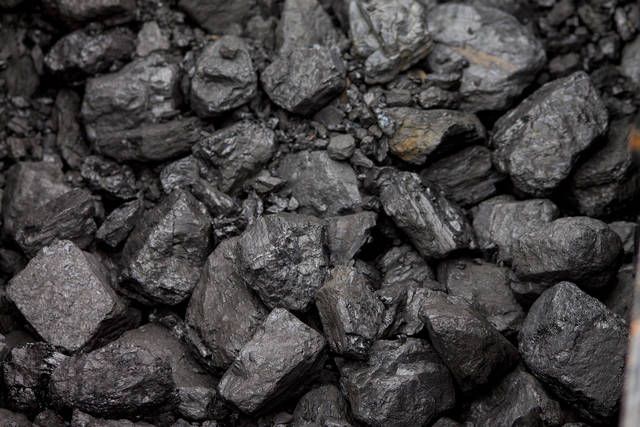Click here to subscribe today or Login.
You’ve seen a lot of stories lately about coal mining. In fact there will be one worth your time in tomorrow’s paper, when reporter Ed Lewis recounts the heroic saga of Amedeo Pancotti, one of those trapped in the Knox Mine disaster.
That iconic and harrowing tragedy, often dubbed the killer of anthracite mining, still astounds whenever images are broadcast showing the epic whirlpool in the Susquehanna River funneling billions of gallons of water through a breach in the mine, gushing its way to men caught in the horror below. Amedeo scaled an abandoned air shaft and summoned help, saving 32 of those men.
Other stories you may have noticed:
• A Jan. 7 piece by feature writer Mary Therese Biebel on local historian Bill Bachman’s compelling presentation on the Lattimer Massacre, when coal barons unleashed armed deputies on about 400 miners in a peaceful march near Hazleton. The men were protesting the wretched working conditions underground when the deputies opened fire, gunning down 19 of them.
• A Jan. 12 story by news editor Roger Dupuis also highlighting the Knox disaster, previewing a Jan. 22 showing of a feature-length documentary cousins Albert and David Brocca made using vintage footage from the vaults of WBRE-TV and clips of interviews the pair conducted over the years with survivors. The movie gets an airing on the 60th anniversary of the tragedy, at the Kirby Center for the Creative Arts on the Wyoming Seminary Upper School Campus, 260 N. Sprague Ave., Kingston.
• Another piece by Biebel, on the front page of Tuesday’s Lifestyle section, about local artist Sue Hand and her new exhibit of coal breaker paintings. Hand has long shown a compassionate appreciation of our region’s complex relation to King Coal, and this exhibit is no exception, giving those who visit the Widmann Art Gallery at King’s College a chance to see not only acrylic renditions of local breakers, but depictions of the people who lived near them. The exhibit, “Coal Breaker Communities: Faded Memories” runs through Feb. 15.
Why the spate of anthracite features? One answer is obvious: Timing. January is Anthracite Mining Heritage Month, and the Knox disaster, as noted, occurred 60 years ago Tuesday. But there’s a deeper importance.
For better and worse, coal mining shaped this region and will continue to shape it for generations. Even if every remaining strip mine were shut down and every culm bank reclaimed into new use or restored greenspace, we live atop ground that threatens to open in many places if a tunnel roof gives way. We grapple with the orange tinge of acid mine runoff that, in some places, is so extensive you can spot it on a Google satellite image. We dig to build a foundation and find coal ash or culm used as fill — a problem Wilkes-Barre Area School District is dealing with in the site chosen for a new high school.
The work ethic of past miners lives on in descendants. Their surroundings survive in sites like Eckley Miner’s Village Museum. No matter how far we move from a coal economy, we recall it because it demands we do.
We can abandon the mines; we can’t abandon their heritage.





